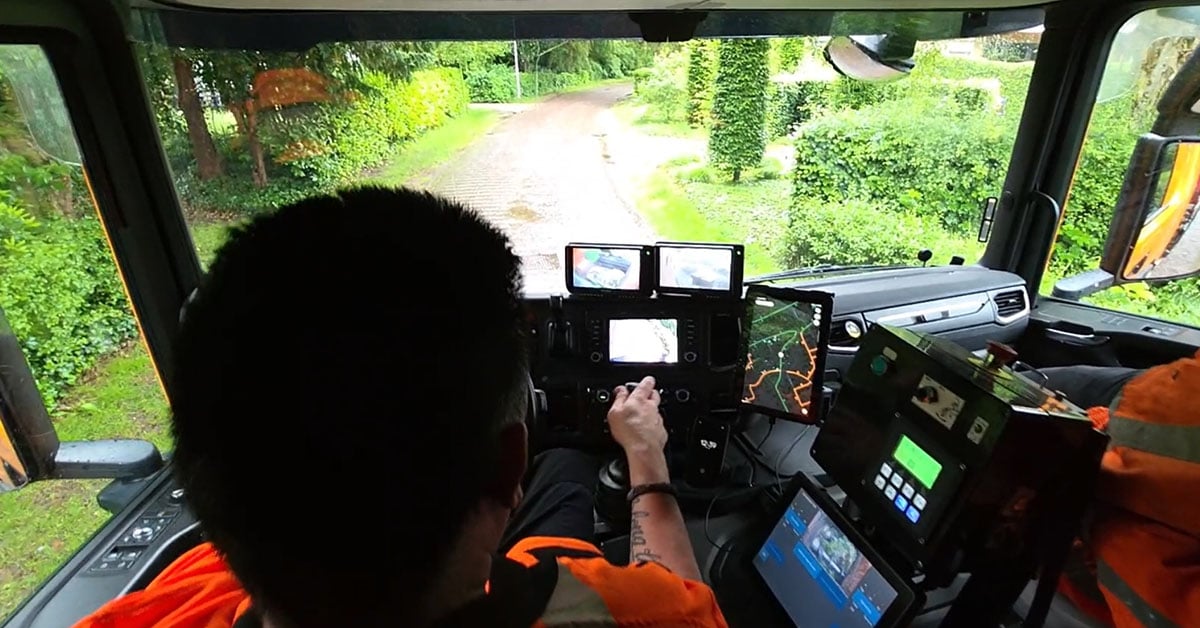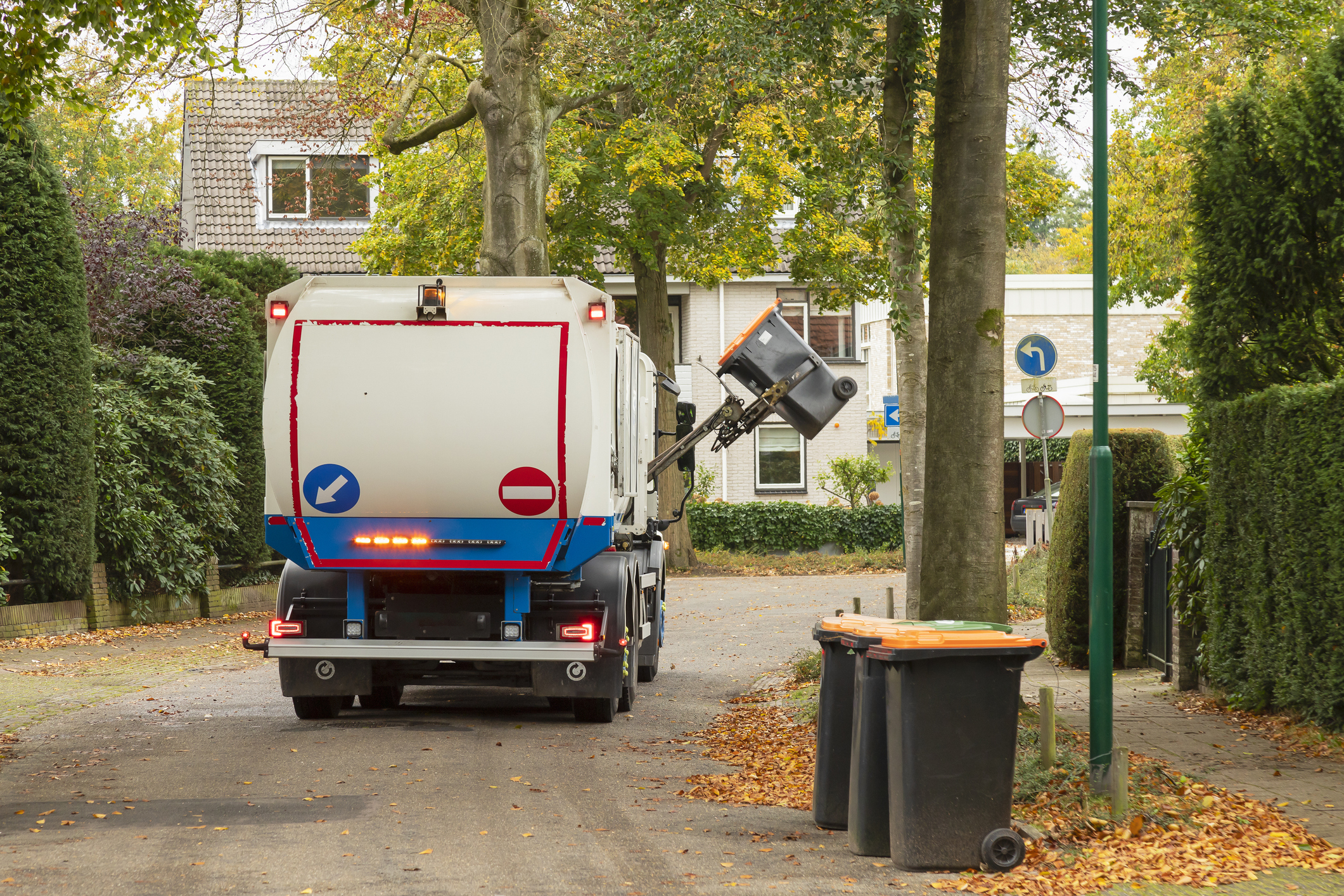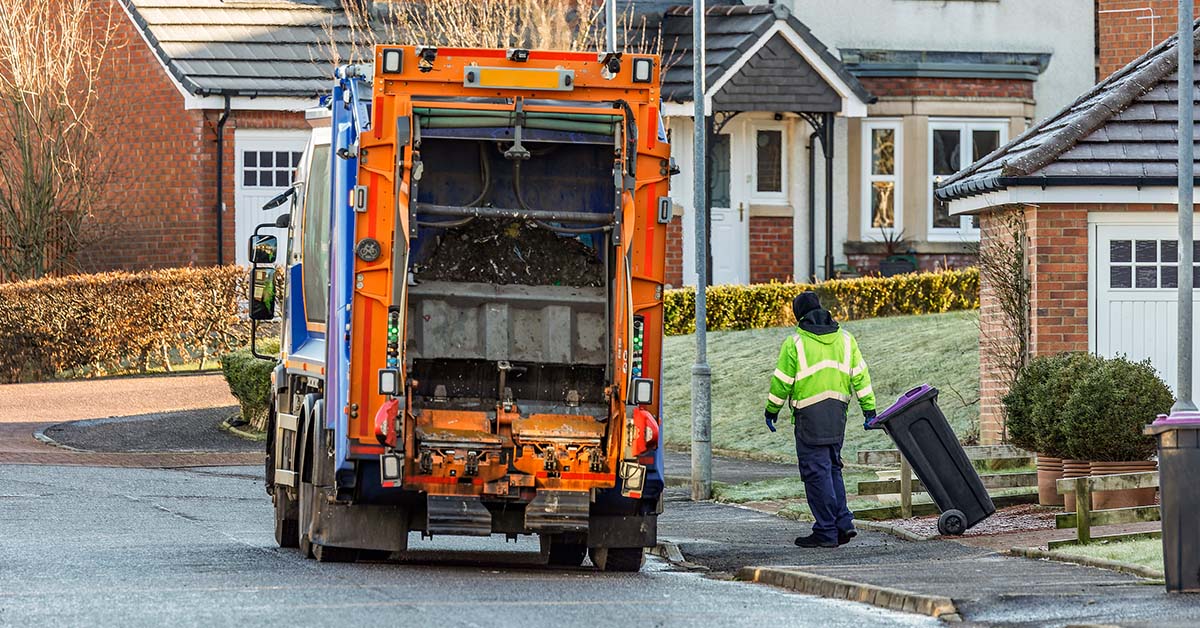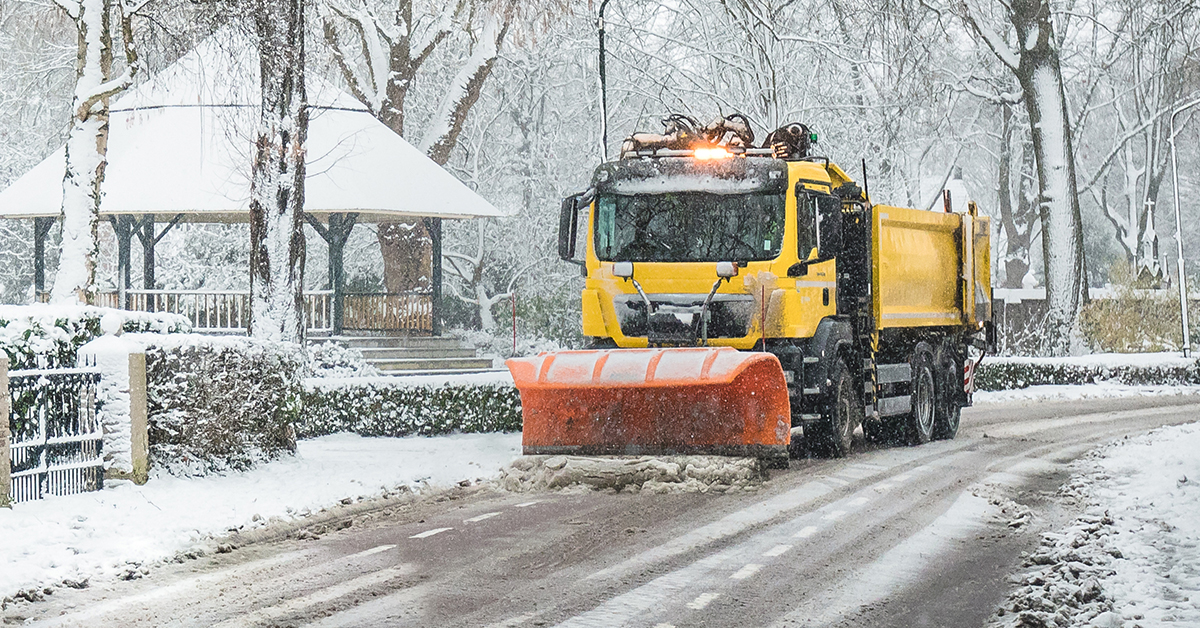How people and technology reinforce each other: the collection of the future
More and more often, our work is taken off our hands by machines or software. This happens everywhere, even in the world of waste collection. So what does that mean for your organization? In this blog, we'll explain how you can turn smart software into your ideal colleague.
The importance of the team
Before we talk about software and data, it is essential to state that you and your colleagues are the most important element of getting the job done—knowledge about the outside world and its continuous motion forms the basis. Experience and cooperation within the team ensure that this can be anticipated. Models cast into software do not reach that level.
When people work together, there is room for creativity and problem-solving ability. Unfamiliar situations are tackled, and new ways of working are developed. Sharing them creates a new 'normal'. Everyone has their own role in this. Experienced drivers can transfer their knowledge, while new drivers provide a fresh look at the organization. This is no different for planners and work planners. Ultimately, everything stands or falls with the will of you as a team.
The role of software
The main goal of technology is to make work easier and more efficient. Software supports you and your colleagues to get the job done, so software should be aimed with users in mind. If performing a task becomes easier through the use of software, then incorporate it into your working method. If software contributes nothing or even creates extra work, leave it alone. In addition, autonomy is critical to get satisfaction from your work. When you make your own choices, you add value. Giving software complete control goes against this. In complex situations, you and your colleagues can take more into account than preset software.
Software must therefore be suitable for your purpose. An advantage of the collaboration between people and technology: data. Data means that it is possible to improve the implementation within the team while providing insight to the organization and clients. The feedback from practice enables you to implement improvements continuously. Good for the client and members of the public, but especially for you as a planner and the employees on the road that make working life more pleasant.

Control with data – What does that mean in practice?
Efficiency and convenience are paramount. Data helps you with that. We make a distinction between the work of the planner and the driver on the waste collection truck.
Planner:
Do your collection routes take too long, or are they too short? You want to ensure that the work is distributed evenly across the team. Using innovative software and data from practice, it is possible to calculate how much time it takes on average to complete a specific collection area so that you can easily adapt areas to the desired situation. This also allows you to make optimal use of the capacity. By keeping the data live, you as a planner also have constant insight into how the team is doing, and you can intervene and adjust in time. This way, you get the job done together with the team.
Driver:
The colleagues on the refuse collection truck have insight on their tablets into where they have already been and where they still have to go to pick up the waste. This gives the driver peace of mind, as they can maintain an overview. This is also visible to you as a planner so that you can give instructions or adjustments to the driver when necessary. For example, when a particular driver is already ready, while another driver could use help. You can let the drivers finish the area together at that time. Ultimately, the work is completed well, within the planned time, without anyone having to work extra hours for this: pure teamwork.
What does it bring?
Working together to get the job done, making the team stronger because everyone can do their job well. More specifically:
- Efficiency: As a planner, you have an overview of the required capacity and progress; you can divide the work as efficiently as possible among the team. Excellent cooperation ensures that the work gets done every day. With the information, you can make adjustments during implementation but also implement structural improvements.
- Convenience: ease of use is essential with software because the user is central. The planner and the drivers must be able to start using software as quickly as possible, but the insight for the organization and client must also be easily displayed. You should therefore avoid complicated functions as much as possible.
- Fewer complaints: because drivers can see which streets have been completed during work, the chance of missing bins or streets is reduced. As a result, drivers have to drive back less often, and there are fewer complaints from citizens.
- Insight: you are using software to collect information that provides insight for the organization and the client. With this insight, you can steer so that you arrive at an optimal interpretation for your situation.
Tailor-made solutions
To achieve these results, people and technology must work well together. For that, you need tools that focus on people and make work more accessible and more efficient without too many complicated functions. A device that can help you with this is Jewel Waste Collection. At Jewel, the power of people in combination with digitization is paramount. This tool supports you in preparing the daily implementation, provides all those involved with the necessary information and makes collaboration easier.
Read more about Jewel Waste Collection in our product sheet.
You May Also Like
These Related Stories

Waste Collection Software and Route Optimisation: The Key to Efficiency

Digital Waste Collection: tips for getting a grip on implementation






No Comments Yet
Let us know what you think